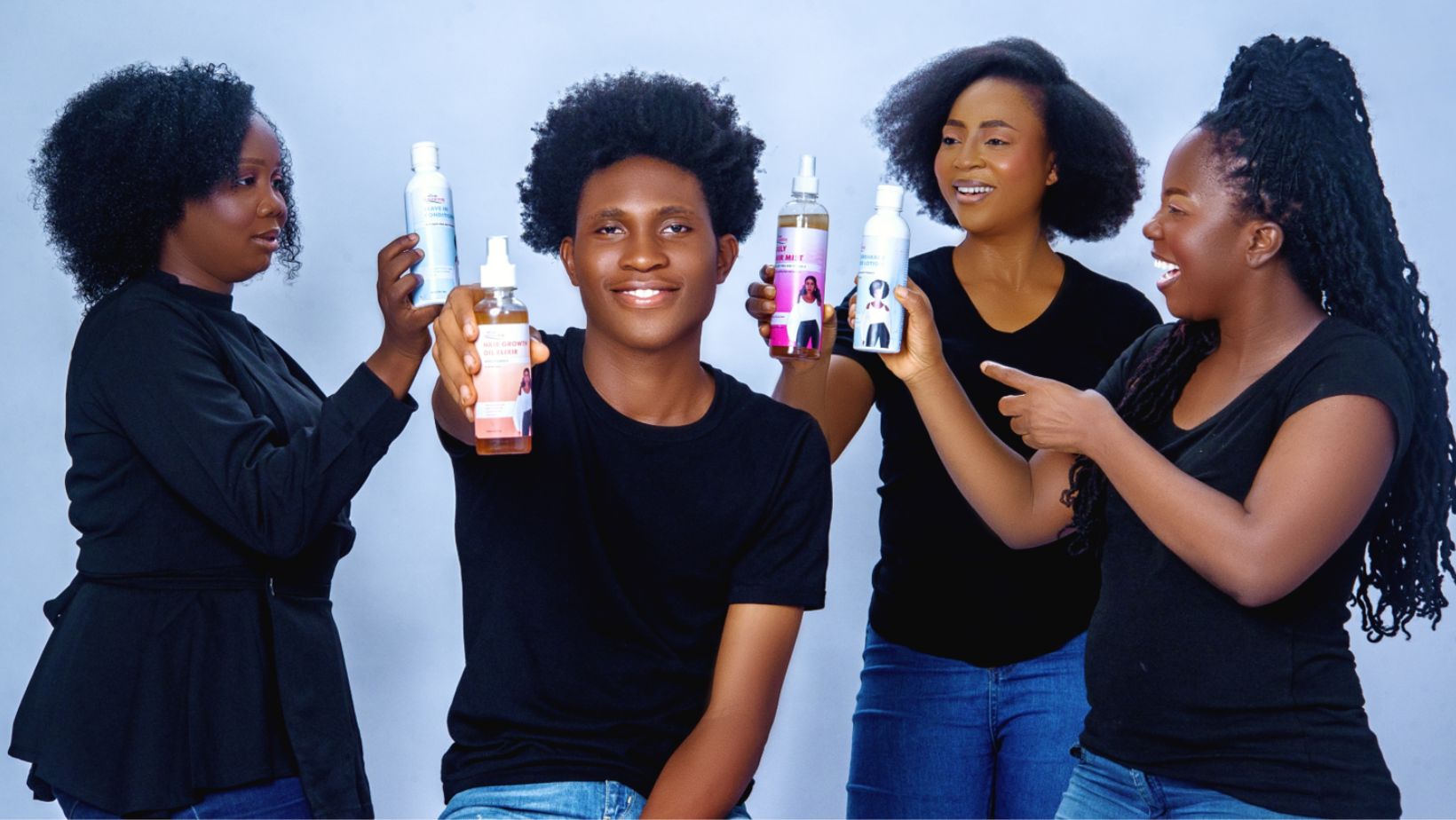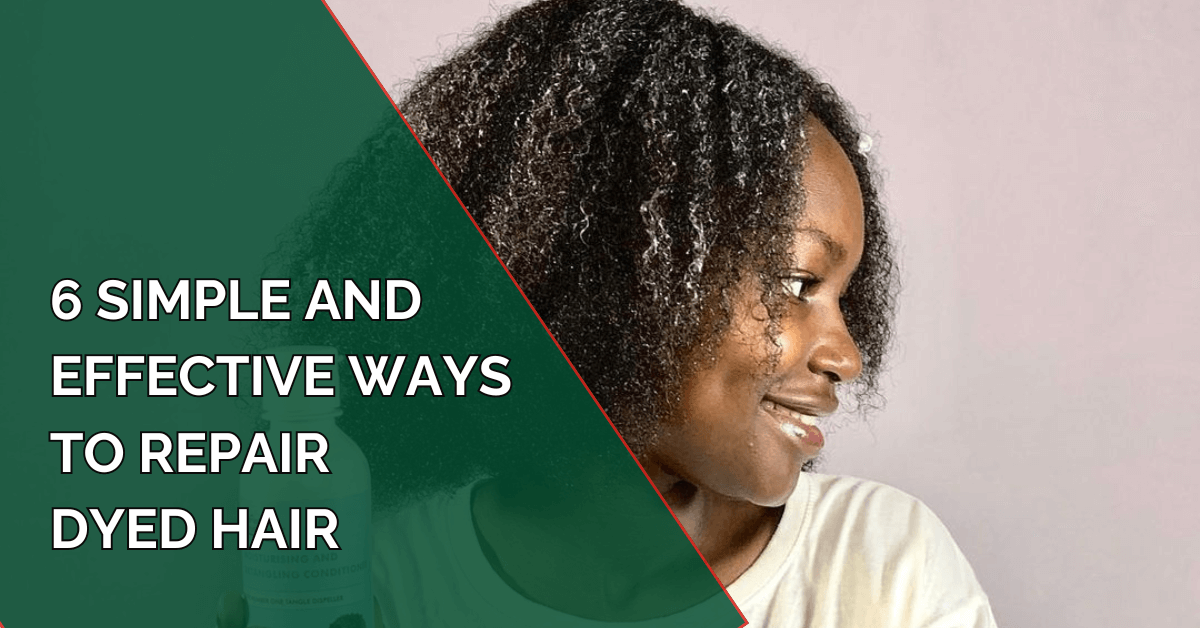Dyeing your hair can be a fun way to switch up your look, but the damage it leaves behind? Not so fun. If you're dealing with dry, brittle, or lifeless hair after a color treatment, you’re probably wondering, “How do I make my hair healthy again after dyeing it?”
The good news is that it’s absolutely possible to restore your hair’s health with the right care. Here's a deep dive into 6 simple and effective ways to revive your hair and keep it looking fabulous.
1. Dye Damage? It’s All About Moisture Recovery
Dyeing your hair is like taking a vacation in the desert—your strands are thirsting for hydration! The chemicals in hair dye break down the hair’s natural protective barrier, leaving it dry and vulnerable. So how do you restore moisture to dyed hair? The answer lies in deep conditioning treatments that are rich in moisture-binding ingredients like shea butter, coconut oil, and aloe vera.
For best results, treat your hair to a weekly deep conditioning mask. Apply generously, focusing on the mid-lengths and ends. Let the product sit for at least 30 minutes before rinsing to allow your hair to absorb maximum hydration.
2. Swap Your Shampoo—Sulfates are the Bad Guys!
Did you know that the shampoo you use could be making your post-dye hair damage worse? Sulfates—commonly found in many shampoos—strip your hair of its natural oils, which is the last thing your hair needs after dyeing. Opt for a sulfate-free shampoo instead. These gentle cleansers will remove dirt and product buildup without robbing your hair of the moisture it desperately needs.
Limit shampooing to just twice a week. Over-washing can cause your hair to become drier and more prone to breakage. If you feel the need to freshen up between washes, try using a dry shampoo to absorb excess oils while keeping your strands intact.
However, if you have issues like scalp buildup, psoriasis, and other scalp issues that require the removal of oil, dirt, and product residue sulfate shampoos will be of help. The key is to use them in moderation to avoid the effects we've discussed before.
3. Strengthen Your Hair with Protein—Repair from Within
Dyeing your hair breaks down the protein structure in your strands, leading to weakness, split ends, and breakage. To fix this, you need to rebuild the protein bonds that give your hair strength. Enter protein treatments!
Look for products with ingredients like keratin, collagen, and hydrolyzed proteins. These proteins help repair the damage by filling in the cracks in your hair cuticles, making your strands stronger and less prone to snapping.
For deeply damaged hair, use a protein treatment once a week for the first month, then scale back to once every two weeks to maintain strength without overloading your hair.
4. Heat Styling: Your Hair's Worst Enemy Right Now
After coloring, your hair is at its most vulnerable. Adding heat to the mix? That’s a recipe for disaster. Heat tools like flat irons, curling wands, and blow dryers exacerbate dryness and breakage, taking your hair from fragile to fried. So, how can you style your hair without heat?
Focus on heat-free styling techniques such as air-drying, braiding, or using rollers for a natural wave. If you must use heat, always apply a heat protectant spray beforehand to minimize the damage and keep your strands safe.
5. Trim Regularly—Yes, Even If You’re Growing It Out
The idea of cutting your hair when you’re trying to grow it can be nerve-wracking, but trust us—it’s necessary. Dyeing causes the ends of your hair to become more prone to split ends, and the longer you go without trimming, the more the damage will travel up the shaft, making your hair appear thinner and less healthy.
By trimming your ends every 6-8 weeks, you’ll not only maintain a healthy look but also encourage faster growth since your hair won’t be constantly breaking off at the ends.
6. Protect Your Hair From UV Rays—It’s Not Just Your Skin That Needs Sunscreen

Think UV damage only affects your skin? Think again. UV rays are notorious for fading hair color and causing dryness. If you’re out in the sun for long periods, especially after dyeing your hair, you’re exposing your strands to more potential damage. To protect your hair, wear a wide-brimmed hat or apply a UV protectant hair spray before stepping out.
This small step will go a long way in preserving your color and protecting your hair from becoming even more parched and dull.
7. Silk Pillowcases—The Bedtime Beauty Secret for Healthier Hair

Believe it or not, your pillowcase could be contributing to your hair’s damage. Cotton pillowcases absorb moisture and create friction, which can lead to breakage and frizz overnight. Switching to a silk or satin pillowcase helps retain your hair’s natural oils and minimizes friction, leaving you with smoother, less tangled hair in the morning.
8. Nourish from the Inside Out—Feed Your Hair for Recovery
Your hair reflects your overall health, so if you’re not nourishing your body, it’ll show in your strands. A diet rich in vitamins and minerals is crucial for hair recovery. Vitamins such as biotin, zinc, and vitamins A, C, and E promote healthy hair growth and help repair damage from within.
Make sure you’re drinking plenty of water, too! Hydration isn’t just about what you put on your hair; it’s also about what you put into your body.
Bring Your Hair Back to Life with Science-Backed Solutions
Restoring your hair after dyeing it doesn’t have to be a long and painful process. By giving your hair the moisture, strength, and protection it needs, you’ll see it bounce back to its healthy, shiny, and beautiful self.
Want expert recommendations on the best products to help your hair recover? Head over to the African Naturalistas online store and send us a DM for personalized product recommendations tailored to your hair type and needs.





Is there natural or organic product to colour the hair though?
Yes, there are natural and organic products that can color the hair. Most of them are usually plant-based. The most common one is Henna (Lawsonia inermis). However you have to ensure you get the original…because there are a lot of fakes out there.